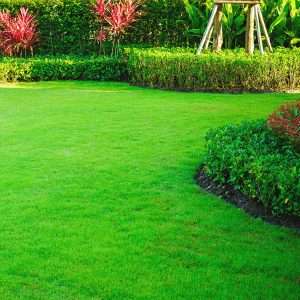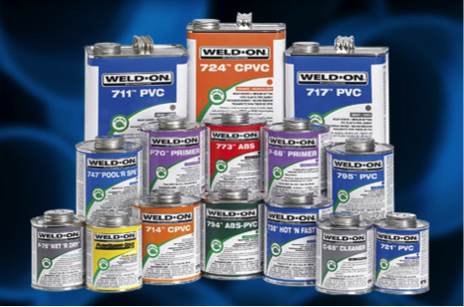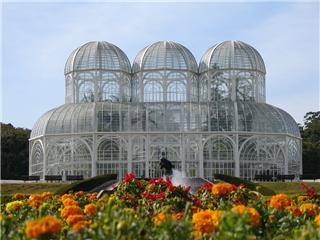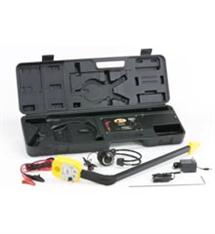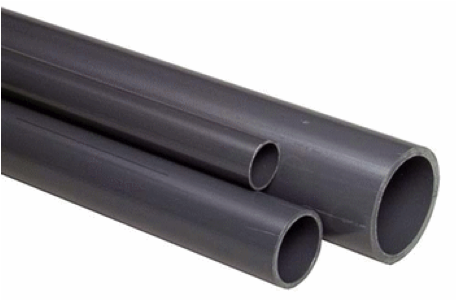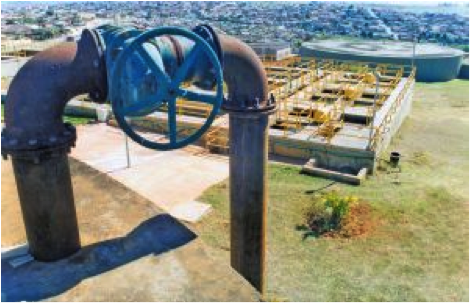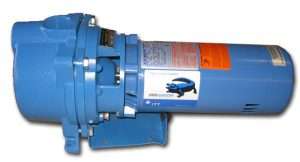
The latest irrigation system pumps are available in a broad range of designs to meet lawn care and agricultural irrigation needs. However, it can be challenging to identify the right water pump for your irrigation application. Professional irrigation system design will give you the best results, especially if you are just getting started with a new system. The experts can tailor the irrigation system so you can get precisely what you need to optimize your irrigation efforts.
The most common irrigation system pumps include:
- Centrifugal—a centrifugal pump moves fluid through the transfer of rotational energy to an impeller. Centrifugal pumps are typically classified as either self-priming or straight centrifugal pumps. Both types are common in irrigation applications with the self-priming being slightly more popular in lawn sprinkler applications.
- Submersible—a submersible pump as its name implies is used in submerged applications such as pumping out of a well. Both the pump (wet end) and the motor are both submerged in the liquid being pumped. Submersible pumps are used in lawn sprinkler applications and large submersible pumps are often seen in agricultural irrigation applications.
- Jet— The jet pump used along with a jet is used for deep or shallow wells. The jet pump can also be used to pump from lakes or ponds as a centrifugal pump.
Easiest Way to Choose the Best Water Pump for an Irrigation System
Online research may provide you with all the details about different pump types suitable for irrigation applications based on water requirements and elevation changes. But it can be overwhelming to wade through the information and arrive at your optimal choice.
At W.P. Law, Inc., we are happy to offer irrigation system pump suggestions to meet your unique needs and budget. We’ll assess your irrigation system or help you design and install an irrigation system that gives you the best results. Turn to the team at W.P. Law, Inc. to get expert advice about irrigation system pumps.


